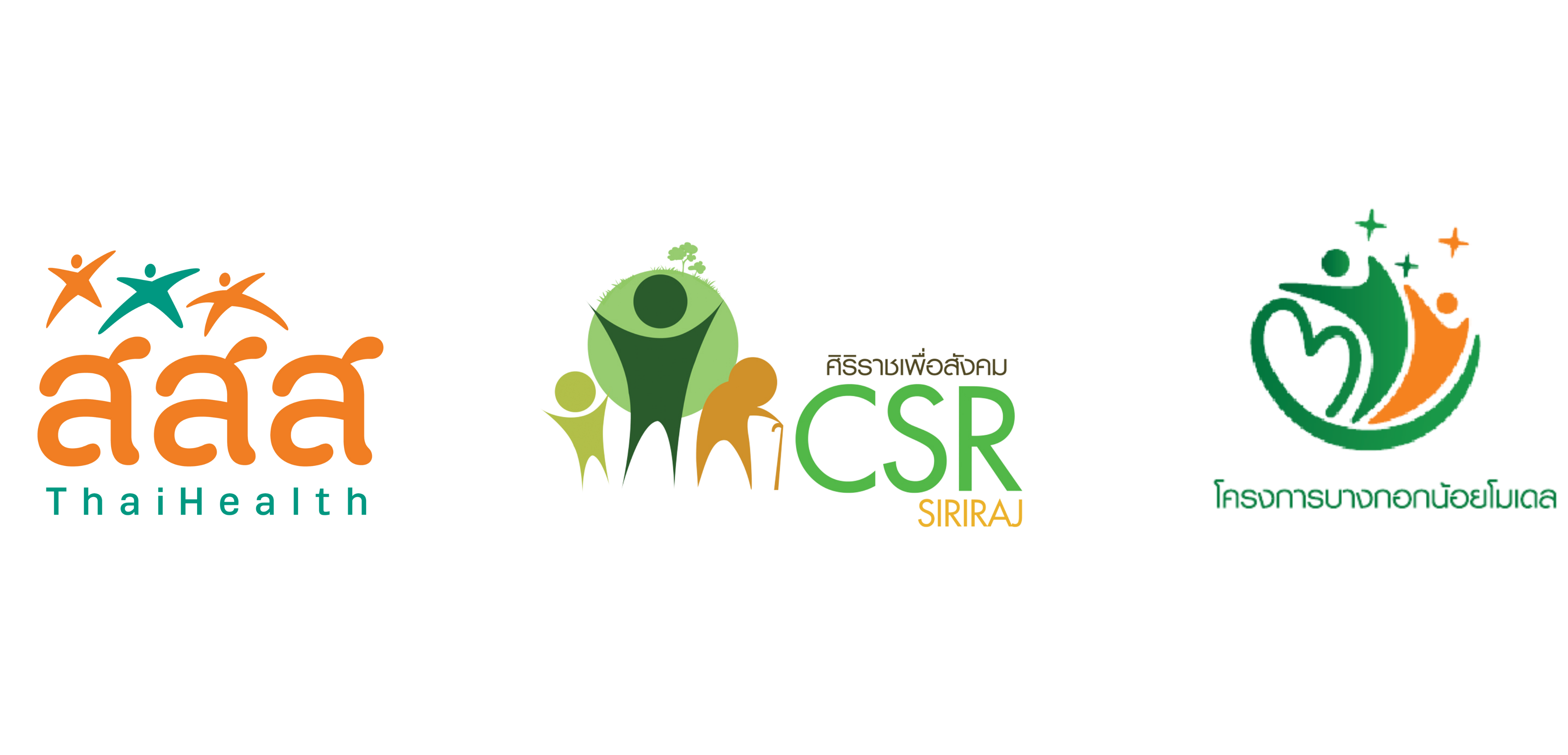Details
Timeline
November 2019 – March 2020
Objective
To study the impact of multicomponent exercise and health education through telemedicine for facilitating the health promotion in pre-frail elderly population in the urban area.
Target group
(1) older adults, aged 60 years or above
(2) had been identified as pre-frail using Simple Frail Questionnaire.
(3) Participants had to be cognitive intact, Thai Mental State Examination Score (TMSE) >2, without visual impairment and hearing problem and own a smartphone.
(4) Participants were not included if they have a disease that is not suitable for exercise, had a surgery within the last 6 months, or have been exercising regularly.
Activities
participants were randomly assigned to the intervention group while the rest were in the control group.
Both groups received health education through telemedicine once every 3 weeks and only the intervention group received a multicomponent exercise program.
- Participants
The study includes elderly with physical pre-frailty in Bangkok Noi district, they were randomly assigned to the control group or the intervention group. Participants were ark to put on variable device throughout the study. Measurements were recorded before the intervention (week 0) and during the three-month intervention period. Firstly, each participant wore a wearable device for seven days (week 0) to record physical activity during everyday life. After the seven-day period, the assessments happened after 6 and 12 weeks of intervention. During the 1st, 4th, 6th, 12th weeks, the participants received health education of physical care, mental health, and adequate nutritional information by a multidisciplinary team.
- Control group
This group only receives health education from multidisciplinary team for 4 times in 12 weeks. A wearable device was used to capture daily activity.The adherence rate of step monitoring is measured by syncing wearable device to the station located at the community ground at least 3 times a month.
- Intervention group
The intervention had been conducted for 12 weeks, participants in this group received the personal exercise program 3 times a week through telemedicine at indoor public space under supervision of a health officer, the provided program is based on the Physical Activity Guidelines for Americans 2018 (19) and the American College of Sport Medicine (ACSM) (20). The exercise included strength, balance, stretching exercises, and walking recommendations; each session takes 60 minutes. A session began with 10-minute warming up (range-of-motion exercises for the neck, wrists, shoulders, hip, knees, and ankles), 40-minute circuiting training exercise, and the last 10 minutes of cooling down.
Output/Outcome
– After 12 weeks, the intervention group had a SPPB score significantly higher than the control group (11.77±0.57 vs 11.39±1.16; p=0.029).
– However, there was no significant difference after 6 weeks (11.31±1.16 vs 10.85±1.60; p=0.079).
Other measurements that had been significantly improved after 12 weeks of intervention include frailty score, sit and reach test, Timed Up and Go Test, 2-minute walk test, and handgrip strength.

 ไทย
ไทย










































